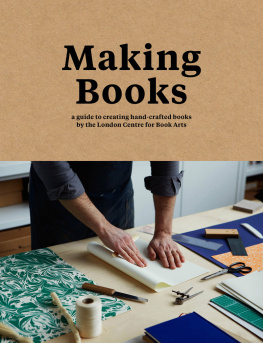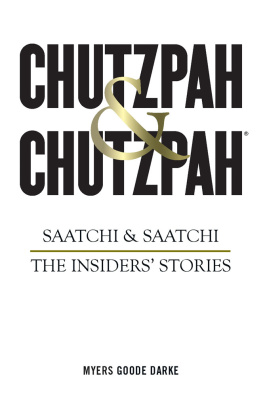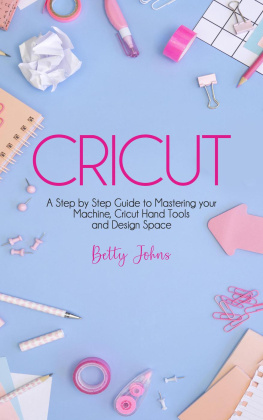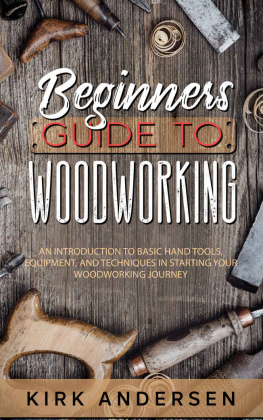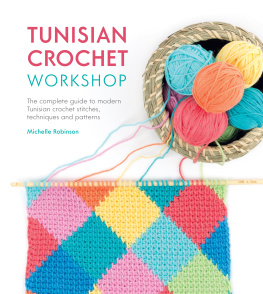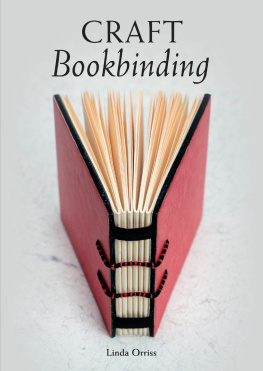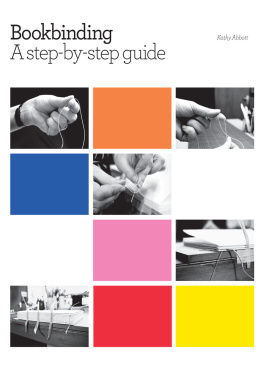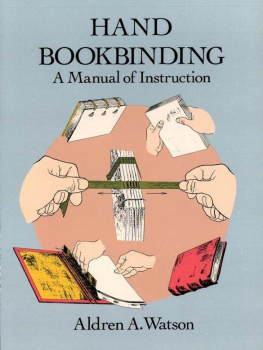

Contents
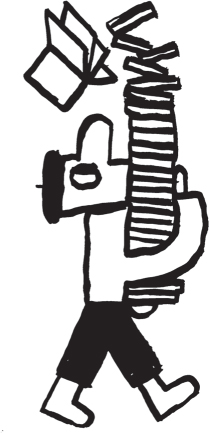

Introduction
We hope that this book will be an accessible introduction to the craft of bookbinding. We approached the writing with the same philosophy with which we run our studio: a mix of pragmatism and an appreciation for the tradition of the craft. Some of the projects you will find in this book are practical variations on classic binding techniques that minimise the need for specialist equipment and materials for bookbinding at home. We chose to emphasise making books rather than a strict tradition of bookbinding, because what we ultimately want the reader to take away is that books should be appreciated not only for their appearance or technical intricacies, but as functional vehicles for artists, writers, and anyone with an idea to share or a thought to put down on paper.
The term book arts can mean different things to different people. Artist books, book works, fine bookbinding, artist publications, and artist multiples are a few terms that can potentially mean the same thing, and can take on many different forms. We like to think of book arts as a catch-all term that has the idea or form of the book at its core, but can accommodate a lot of different approaches. Simply put, an artist book is a work that has been created by an artist that uses the form and concept of the book (narrative, dissemination of information, text/image, etc) in an intentional way.
London Centre for Book Arts is an artist-run, open-access studio devoted to book arts and artist-led publishing. After years of collecting equipment and machinery, and raising funds, we moved into our 1700 square foot studio in the autumn of 2012. Soon after, we opened up our studio to the community and began our programme of teaching the craft of bookbinding and printing to the public, becoming the first centre of its kind in the UK.
Our studio is based in Fish Island in east London, just across the road from the Queen Elizabeth Olympic Park, in what was once the heart of Londons print industry the building that currently houses the Centre was once home to a commercial printer and lithographer. As technologies have changed, so has the industry. A couple of speciality printers and some wonderful old buildings are all thats left of the industrial and commercial heritage of the area. After the factories left, many of the buildings were taken over by artists, and in recent history, the community of Fish Island and neighbouring Hackney Wick has grown to become the home of the highest concentration of artist studios in Europe. It was a matter of serendipity that we founded our studio in an area so rich with the history of our craft, but we hope that we can play a small part in continuing that legacy.

The studio was started by two artists, Simon Goode and Ira Yonemura.
Our mission, and guiding principle from the start, has been to foster and promote book arts and artist-led publishing in the UK through collaboration, education, and by providing open-access to printing and bindery facilities; a space for knowledge sharing and skills exchange.
There are a few different ways in which we carry out our mission:
Education
We run regular workshops and courses at the studio and off site at schools, universities, galleries, museums, and other venues. The core of our workshops is craft-based, such as bookbinding (some of which is covered in this book), printing, foil blocking, paper making, and marbling. We also run workshops and courses specifically for artists that explore the methods of publishing as a creative practice.
Open-access Studio
All of the equipment and facilities at the Centre are accessible to the public through our membership programme. We try our hardest to keep access affordable, and membership is open to anyone, whether they are artists, designers, craftspeople, or someone just wanting to make a one-off book. At the studio we offer advice and guidance on technical matters and the ins-and-outs of self-publishing.
Project Space
Some of our creative programming includes publishing projects, artist residencies, and collaborating with other artists on book or publishing projects. Working with other artists to help realise their work has been one of the most inspiring aspects of running our studio. By regularly hosting book launches, readings, exhibitions, and other events at the Centre, we encourage the public to engage with contemporary artists, writers and publishers who are shaping the way we think about book arts and creative publishing today.
To find out more, visit us at www.londonbookarts.org.
The bindery
The bindery at the Centre takes up roughly half of our total studio space; the other half is dedicated to printing. Throughout the week, the bindery is busy with the activity of studio members and workshops.
The current layout of the bindery is a result of finding out what works best for us and our members over the past four years; plenty of trial and error. We have included some tips that you may find useful at home, but when you are starting out, you will no doubt find the most comfortable and practical work environment for yourself through experience.
Some of the bigger equipment that you will find in our bindery is specialist equipment that would be impractical for a home bindery, so we have included some simple DIY alternatives in the following chapters.

At the heart of the bindery is the workbench . A bindery workbench should ideally be quite sturdy and stable. The workbench should be at around waist height, a height that you can work comfortably at both standing up and seated on a stool for sewing and detailed work. The surface of the workbench should be large enough so that you can use your longest ruler across its width, and lay your cutting mat with ease.
Try to keep your work area as tidy as you can at all times. A cluttered work area is the most common cause of accidents and missteps. Keep a waste paper bin nearby for you to quickly discard any glued-out pieces of waste paper, and to ensure that theyre kept away from your work.
We hang our most commonly used tools on a pegboard attached to the wall. Brushes, scissors or shears, rules, spring dividers, hammers, and even thread are all hung on the board within arms reach.
The workbenches and a few other pieces of furniture in our bindery were originally built for the bindery at the Bodleian Library at the University of Oxford, one of the oldest libraries in Europe. We were lucky enough to acquire some pieces when the Bodleian began building their new bindery.
The board chopper is used to cut and trim greyboard and millboard. Board choppers are heavy and sturdy, usually cast iron, and have two blades operating like a pair of shears to cut through board with ease, and, most importantly, squarely.
The laying press and finishing press (see ) are both wooden presses used to steady the book while you work on the spine, either gluing, trimming, backing, sewing endbands, or edge colouring or gilding. Laying presses are larger than finishing presses. They are often used in conjunction with a frame called a tub, set just below waist height, for working on larger books, and for trimming books using a plough.
Next page
